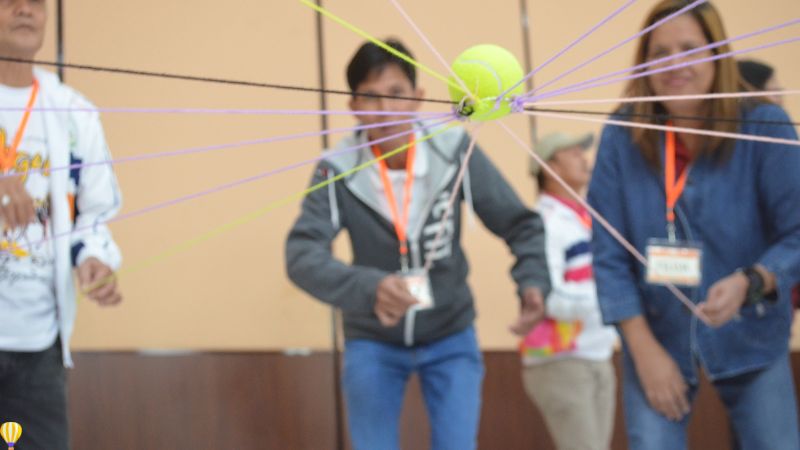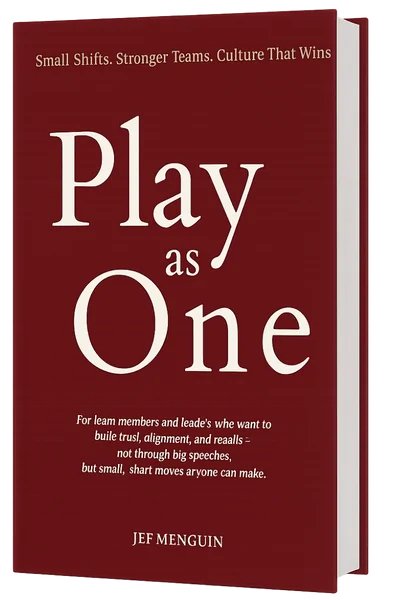There’s a pattern in many workplaces that often goes unnoticed: as employees rise, their work shifts toward strategy, decisions, and visibility-driven contributions. It’s meaningful work, yes, but much of the operational weight lands on junior professionals. They are the ones running projects, solving problems in real time, and keeping deadlines alive. Often, this is framed as “learning the ropes,” a chance to grow. But when responsibility is given without authority, guidance, or structured mentorship, learning can quickly become stress disguised as opportunity.
When Growth Becomes Overload
Responsibility is meant to stretch skills, not push someone beyond their capacity. When junior employees are asked to handle projects without the authority to make key decisions or without structured support, they are left carrying a weight that can be overwhelming. Psychology has long shown that role overload combined with low control is a recipe for burnout. Learning should build confidence, not exhaustion.
In a global study, Deloitte found that nearly 46% of Gen Zs feel burned out from work demands, with workload and lack of support ranking among the top reasons. Many reported feeling like they were “managing” without the official title, while still being expected to deliver results under pressure. This highlights how “growth opportunities” often cross the line into overload when left unchecked.
Power Without Balance
This imbalance is not accidental. In many organizations, those in higher ranks are rewarded for influence and outcomes, while operational tasks are passed downward.
Sociology calls it power asymmetry: those at the top gain visibility and recognition, while those at the bottom absorb the invisible labor that makes success possible. Over time, this creates a culture where overwork is normalized and recognition rarely matches effort. Junior professionals often feel the burden of multiple roles, while leaders become more detached operationally, not because they are unwilling, but because the system incentivizes visibility over process.
Quiet Quitting as a Rational Response
As the misalignment between responsibility and authority continues, behavior changes. What some call “quiet quitting” is less a rebellion and more a rational adjustment. Young professionals aren’t lazy; they are responding to an environment where effort and recognition don’t align. Setting boundaries becomes a survival tactic, a way to protect focus and well-being in systems that take more than they give.
Gallup’s 2022 workplace report revealed that at least 50% of the U.S. workforce can be classified as “quiet quitters.” LiveCareer’s survey added nuance, showing that Gen Z employees are the most likely to set boundaries, with 73% admitting they’ve quietly pulled back from extra work that went unrecognized. This isn’t a lack of ambition; it’s a response to systemic imbalance.
The Real Risk of Invisible Labor
If this imbalance goes unchecked, the consequences are deeper than missed deadlines. Junior employees may keep operations afloat, but morale, creativity, and engagement decline. A perception gap forms: leaders remain active in strategic spaces while operational burdens quietly pile on others. The labor that sustains the organization goes unseen, and growth opportunities start to look like exploitation.
The Great Resignation in the Philippines
This imbalance isn’t just a Western trend; it has been visible in the Philippines as well. During the pandemic, many companies experienced their own version of the Great Resignation, where employees, especially younger professionals, chose to leave rather than stay in workplaces that demanded too much with too little support.
According to the Philippine Daily Inquirer, thousands of Filipino workers reassessed their priorities, citing burnout, lack of growth, and poor recognition as key reasons for resigning. For many, this wasn’t about laziness or entitlement but about refusing to stay in environments where invisible labor and stress were normalized.
Rethinking What Mentorship Really Means
The solution isn’t to strip responsibility from juniors; it’s to balance it. Growth happens when responsibility comes with authority, mentorship, and recognition. Leaders can empower younger staff by setting clear expectations, offering structured feedback, sharing decision-making power, and acknowledging contributions.
But here’s the trap: many organizations fall into the myth of meritocracy, the belief that if someone simply “works hard enough” or “proves themselves” by carrying heavier loads, they’ll naturally rise.
In practice, this often means juniors take on extra work without proper support, while leaders assume the grind itself is the lesson. Real mentorship is not about throwing someone into the deep end to see if they’ll swim. It’s about creating systems where learning builds confidence instead of exhaustion, and where growth is tied to guidance rather than endless tests of endurance.
This isn’t about doing less at the top, but about leading in a way that doesn’t overload those still finding their place. When leaders step in not just as delegators but as active mentors, organizations move away from empty meritocracy and closer to meaningful development.
Toward Sustainable Growth
Leadership isn’t about appearing productive, it’s about building systems where people can contribute meaningfully, learn intentionally, and grow sustainably. When responsibility, authority, guidance, and recognition align, juniors flourish, leaders lead authentically, and organizations perform at their best.
But sustainable growth doesn’t happen in isolation; it happens in teams. A strong team culture distributes learning and responsibility in ways that lift everyone, not just a select few. True team building isn’t about the occasional off-site activity; it’s about creating daily structures where collaboration is rewarded, knowledge is shared, and support flows across levels. When juniors feel that they are part of a team that learns and grows together, responsibility no longer feels like an unfair burden—it feels like shared progress.
The question isn’t whether young professionals can handle more, but whether the system and the team culture it creates allows growth without burnout. An organization that invests in both mentorship and genuine team building doesn’t just retain talent; it builds resilience. That is what sustainable growth really looks like.
Read Also: Why Mentorship Fails in Filipino Companies



